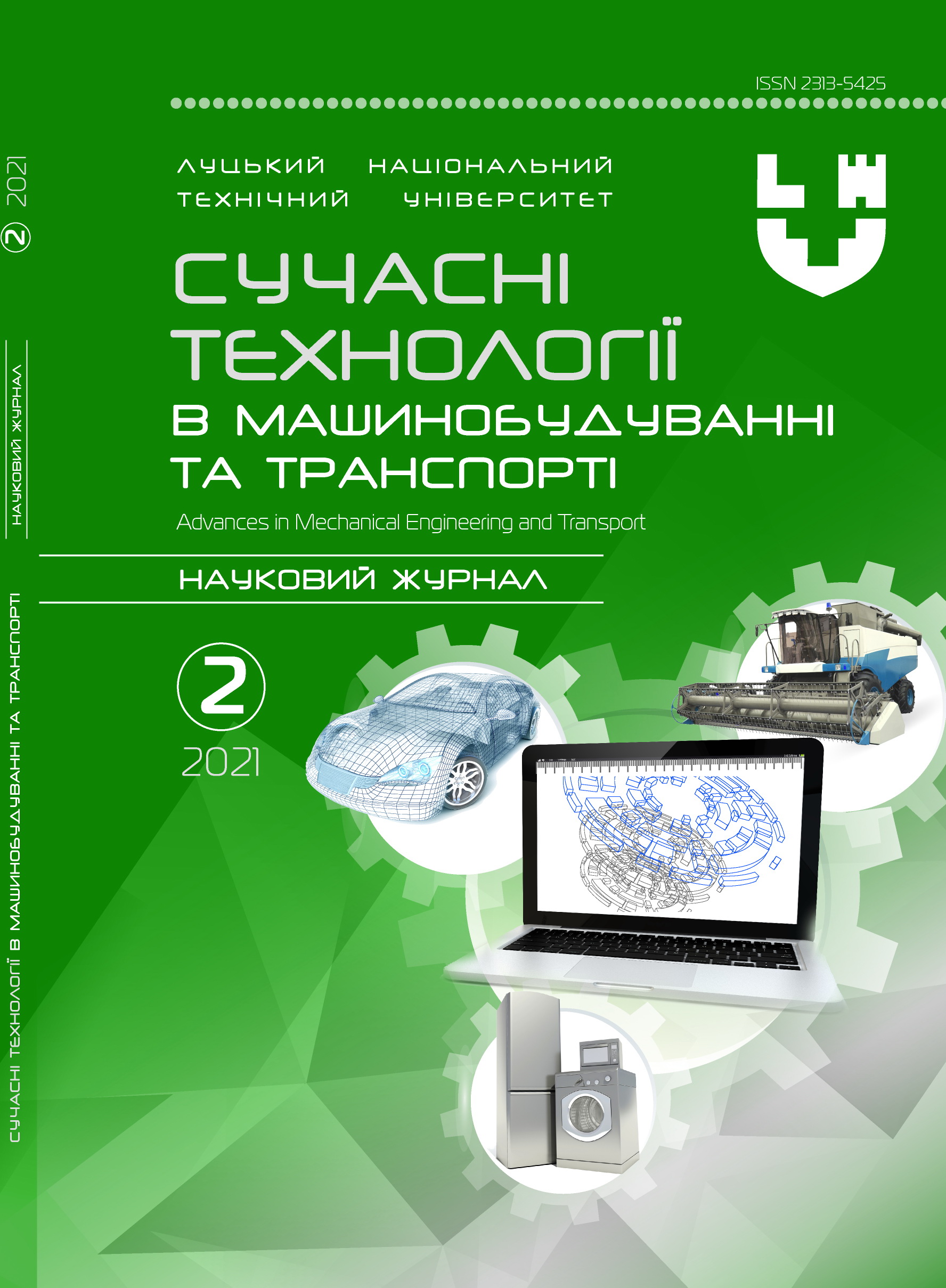Use of road transport in agricultural production
Abstract
The development of agricultural production directly depends on the state of the technological base of agricultural producers. Road transport has been significantly used in the transportation of agricultural materials from the place of harvest to the places of its storage and processing. The task of establishing the optimal size of the fleet is relevant for both freight and passenger traffic. The solution to this problem should ensure the determination of the composition and quantity of the fleet, which would ensure the implementation of the necessary technological processes, on the one hand, and the maximum elimination of downtime, which leads to additional costs, on the other. Cars used in agricultural production must meet the relevant operational requirements. Such requirements include ensuring the implementation of the whole complex of agricultural work with proper productivity and maximum efficiency. The requirements for environmental friendliness (emissions of harmful components and soil compaction) and comfort and safety are also important. The choice of the optimal quality rolling stock of the car fleet is inextricably linked with the establishment of the optimal service life of the car and the assessment of its reliability. Ensuring the reliability of the car is a complex problem that begins from the moment of its design, production, operation and proper maintenance until the end of its use. The main ways to improve the use of rolling stock of agricultural vehicles include: increasing the coefficient of variability, completeness of use in production processes, elimination of downtime, reducing downtime in repairs and inspections, stimulating better use of road transport.
Key words: car, motor transport, agricultural production, agricultural machines, rolling stock.




